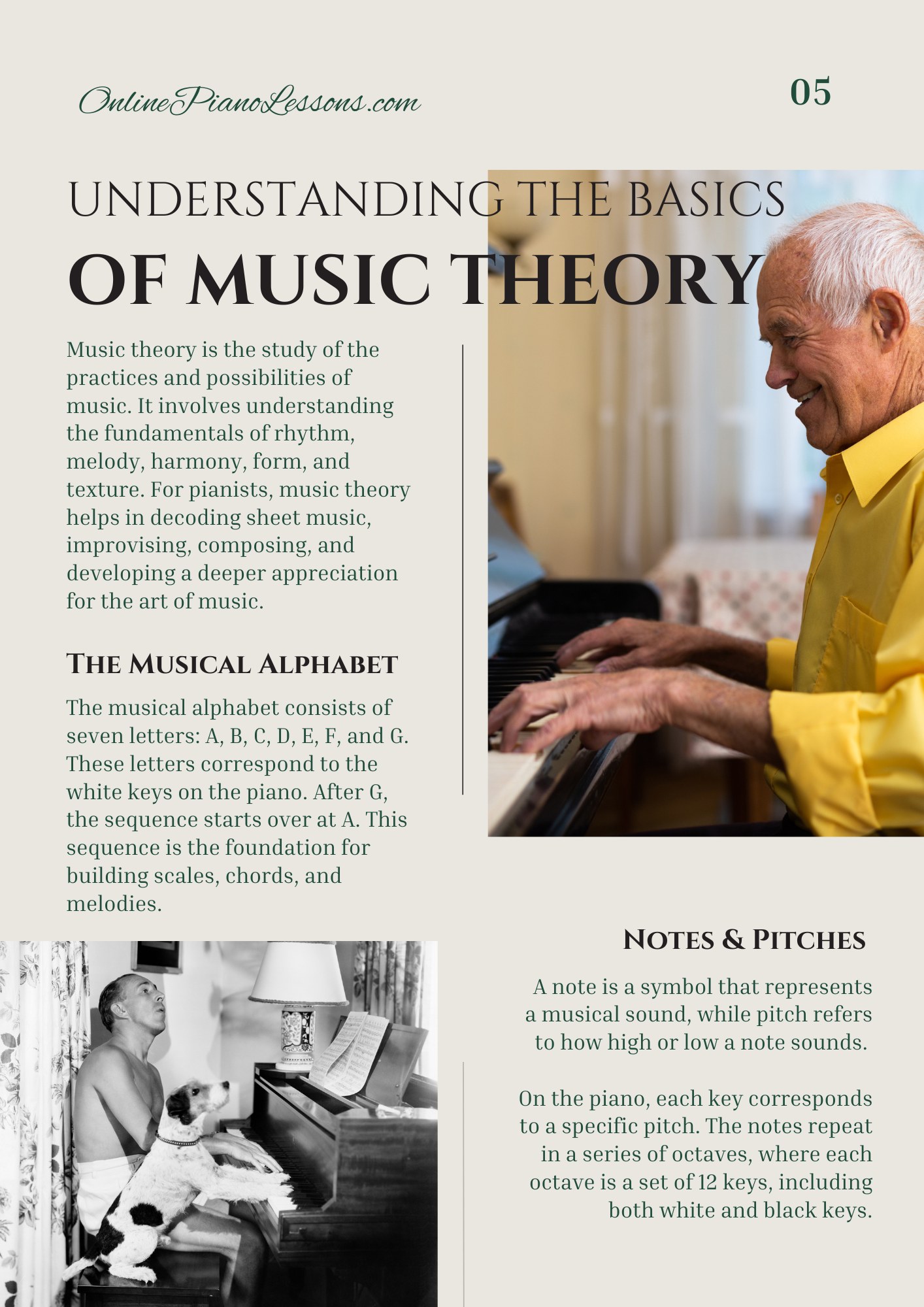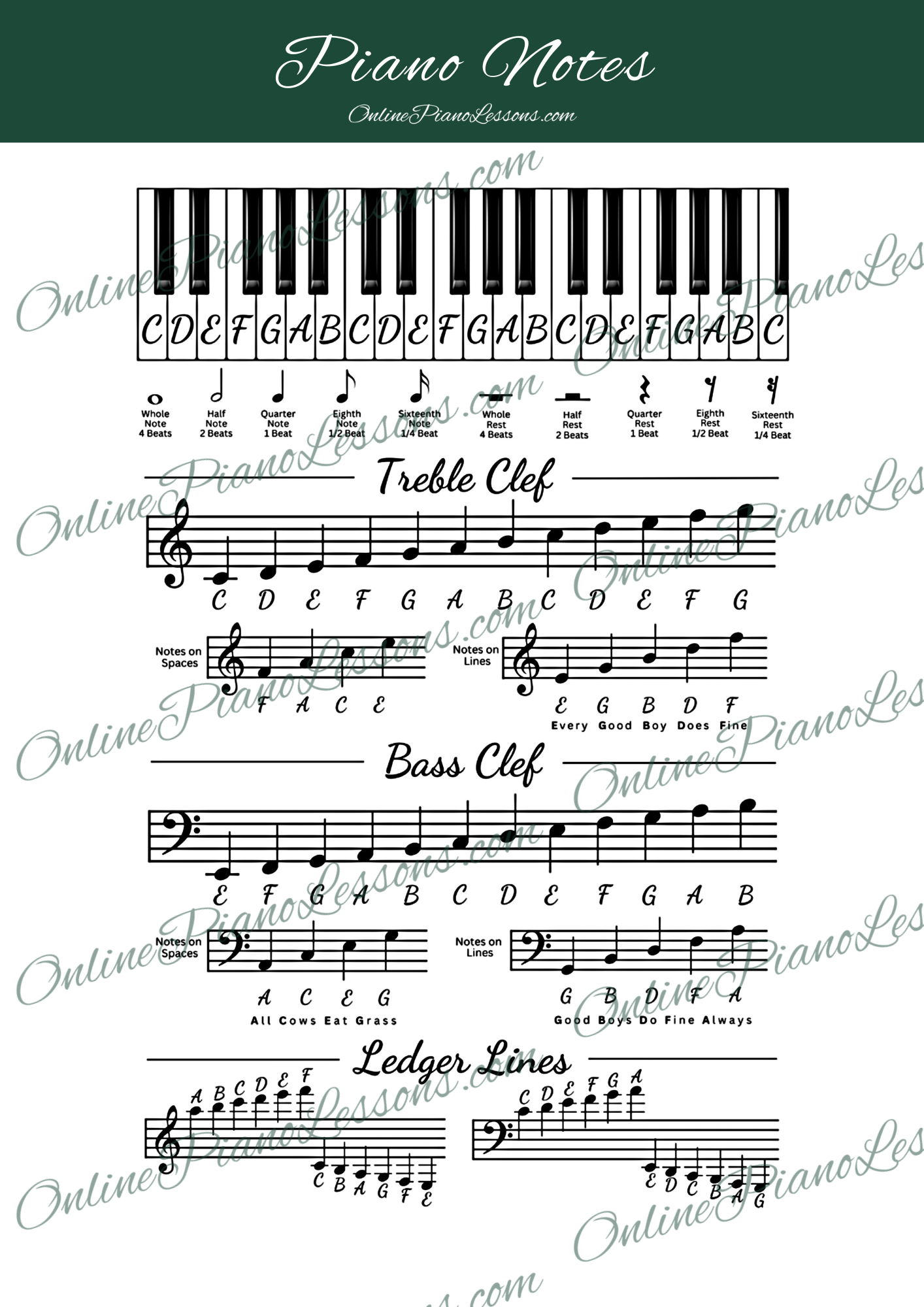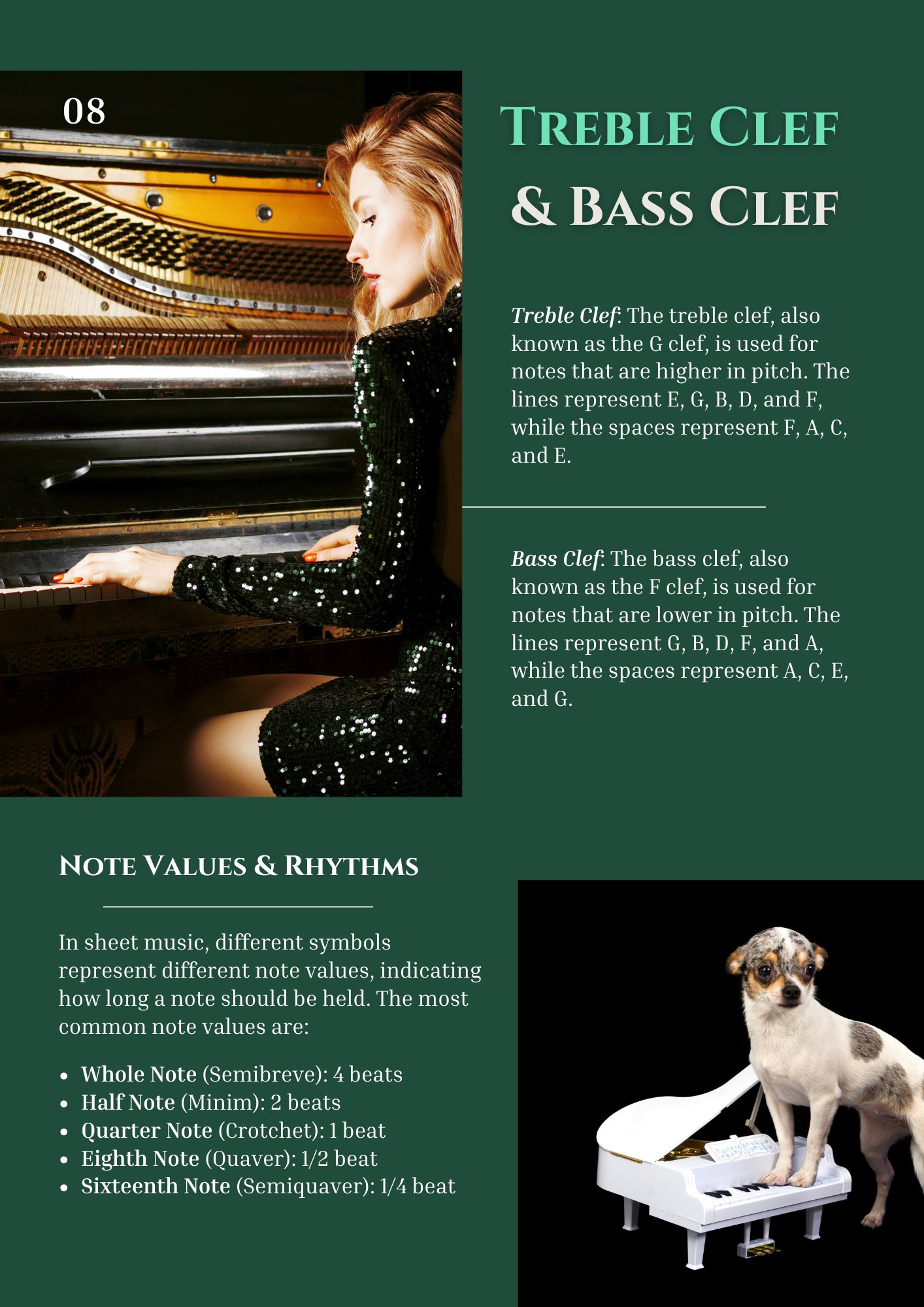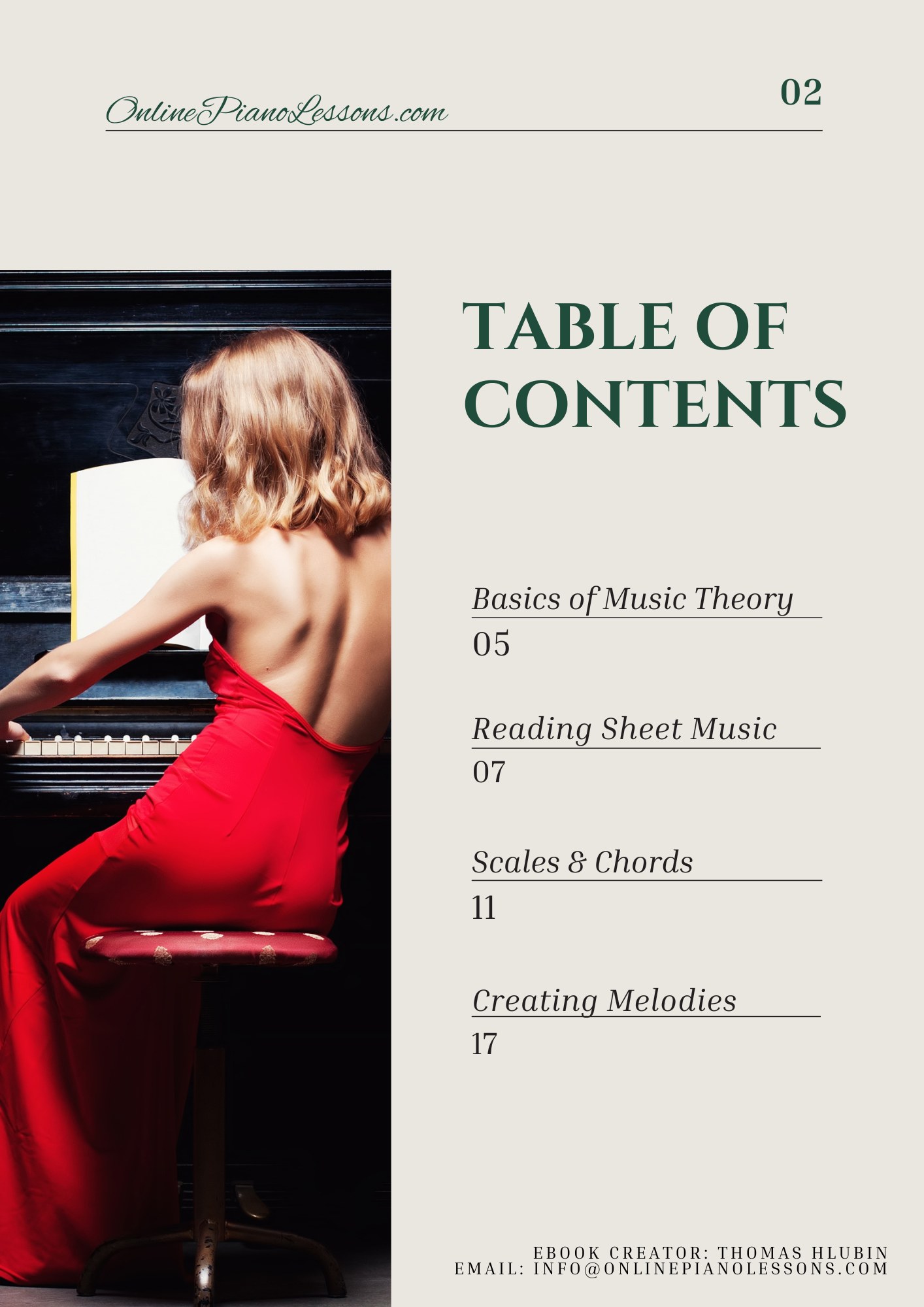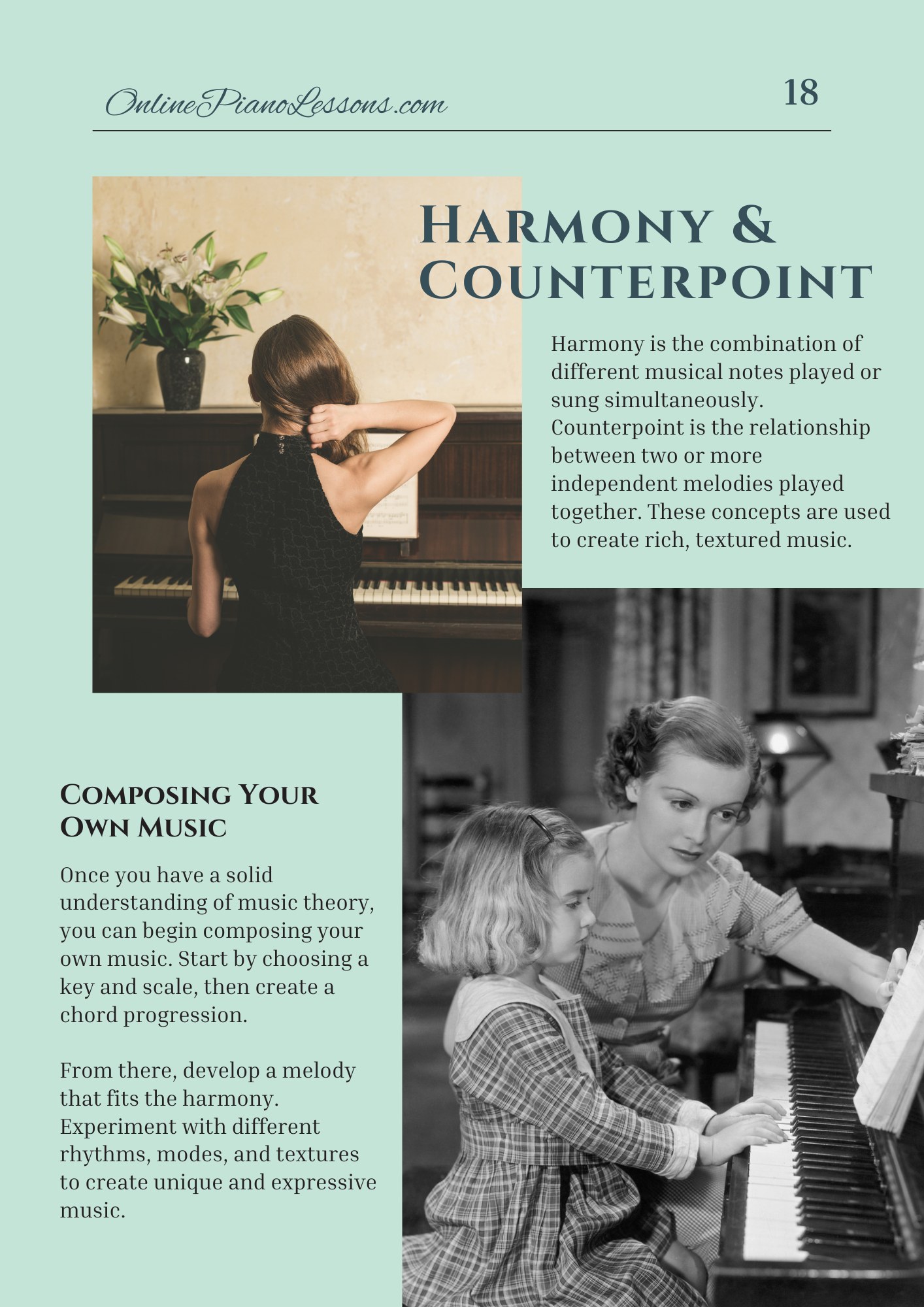The Yamaha U3 is one of the most famous and widely respected upright pianos in the world. For decades it has been a top pick for studios, conservatories, teachers, serious home players who want near-grand performance from a vertical cabinet, and for people just starting out on the piano. This Yamaha U3 review walks through specs (quick chart below), history, design and construction, sound and touch, who the U3 is best for, pricing and where to buy, plus practical buying and maintenance tips.
Quick Preview: If you want a professional-grade upright piano that projects, responds, and lasts, the Yamaha U3 is a benchmark instrument — an excellent balance of durability, reliability, and musicality.
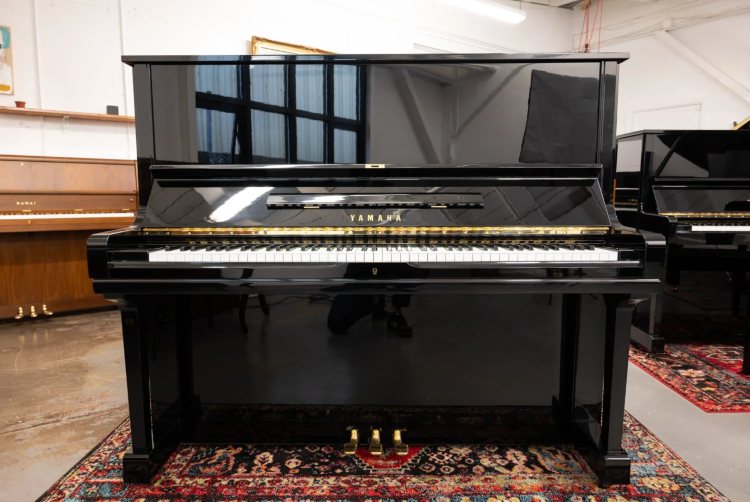
Yamaha U3 Specs
| Spec | Yamaha U3 Upright Piano |
|---|---|
| Type | Professional upright piano |
| Height | 52 in (131 cm). |
| Width | 60 in (153 cm). |
| Depth | 26 in (65 cm). |
| Weight | ~517 lb (≈235 kg) (varies by finish/model). |
| Keys | 88 (standard) |
| Pedals | Soft, Practice (mute), Damper (3 pedals) |
| Soundboard & Strings | Full-sized soundboard, specially crafted bass strings (U-Series design). |
| Action | Yamaha action with aluminum action rail (U-series innovations). |
| Finishes | Polished Ebony, Polished Mahogany, Satin finishes, etc. |
| Typical MSRP (new) | Varies by region and trim; dealer listings often show new U3 models in mid-to-high four figures to low five figures (check local dealer). |
| Made | Historically and commonly manufactured in Yamaha’s Hamamatsu factories (Japan). |
(Specs above are representative of U3 production as of 2025 — always confirm exact numbers with your dealer or the Yamaha spec page for the exact model year.)
A Short History: Where the Yamaha U3 Came From
The U-series (U1, U2, U3) was introduced by Yamaha in the mid-20th century as a family of professional upright pianos meant to deliver consistent, high-quality tone and touch at scale. Over decades Yamaha refined materials, action geometry, soundboard construction, and manufacturing processes, and the U3 became the flagship tall upright in the U family — prized for its projection, power, and reliability. The U3’s lineage traces to Yamaha’s Hamamatsu factories and the boom in Japanese piano manufacturing in the 1960s and 1970s.
Design & Construction — Why the U3 Sounds Like it Does
Several construction choices give the Yamaha U3 its character:
- Tall cabinet & expanded soundboard: At ~52″ high, the U3 has a larger soundboard and longer strings than most smaller uprights — this yields greater volume, richer low end, and more overtones than smaller uprights.
- Refined action & materials: Yamaha’s U series uses carefully engineered hammers, action parts, and (in modern production) aluminum action rails to maintain stability and a responsive touch. The U3’s action is fast and reliable, suitable for advanced technical work.
- Back posts & V-Pro frame: Yamaha’s framing and bracing techniques help the instrument support string tension while allowing the soundboard to vibrate freely. These design elements contribute to a wide dynamic range and projection.
In short: the Yamaha U3 is built to be an “upright with grand piano ambitions” — bigger cabinet, longer strings, and professional action all contribute to that goal.
Sound and Touch — What to Expect
From the bench, the Yamaha U3 typically presents:
- Clear, even tone across registers. Trebles are bright without being thin; mids are singing; the bass is tight and articulate for an upright.
- Good projection. The U3 can carry in a studio, classroom, or modest recital space, outperforming smaller uprights in sheer presence.
- Responsive action. Many pianists appreciate the U3’s balance between control and weight; it’s not a concert grand, but it’s more than adequate for demanding repertoire.
If you’re evaluating a Yamaha U3 in person, listen for a full low end that still clears when played with power, and a right-hand clarity that doesn’t disappear behind the bass. The action should feel consistent across the keyboard with good repetition.
Who is the Yamaha U3 for?
- Serious students & teachers: The U3 is a staple in teaching studios and music schools thanks to its durability and consistent touch.
- Home pianists who want a long-term instrument: If you plan to keep one piano for decades, the U3 is a workhorse that ages well when maintained.
- Recording studios and small venues: The projection and tonal clarity make the U3 a strong upright choice for recording or smaller performance spaces.
If you want concert-grand tone and absolute touring capability, a baby grand or larger grand is still the step up — but the Yamaha U3 often sits in the sweet spot for players who need professional performance without the footprint of a grand.
Pricing & Where to Buy — New and Used Market Notes
- New Yamaha U3s: Prices vary a lot by region, finish, and dealer. Some authorized dealers list MSRP and regional pricing — mid-to-high four figures to low five figures is a common range depending on options and local taxes. Example dealer listings show U3 MSRPs in the $12,000–$16,000 range in some markets, but exact retail pricing depends on dealer promotions and configuration. Always request a dealer quote.
- Used Yamaha U3s: U3s hold value well, and the used market is large. Prices for used U3s vary by age, condition, and servicing — it’s common to find older U3s priced from a few thousand dollars (for older, cosmetically worn but functional instruments) up through mid-four figures for professionally restored examples. Online marketplaces like eBay and specialist piano dealers list U3s regularly.
Where to buy: purchase from authorized Yamaha dealers for a new instrument (dealer networks listed on Yamaha’s site) or reputable independent piano retailers for used/refurbished U3s (large piano stores and specialist refurbishers frequently carry U3 inventory). Regional dealers such as Faust Harrison, Princeton Pianos, and similar national retailers often list U3 models and can arrange delivery, warranty, and setup.
Pros & Cons — Quick Buyer’s Checklist
Pros
- Professional tone and projection for an upright piano.
- Durable, serviceable, and widely supported (parts and technicians).
- Excellent resale/used value; large second-hand market.
Cons
- Larger footprint and heavier than smaller uprights — requires space and professional moving.
- New U3 price can be substantial compared to entry-level uprights or digital pianos.
Buying Tips & Maintenance
- Try before you buy. Sit at a few U3s of different ages and finishes — action and voicing change with age and regulation.
- Check service history on used pianos. A used U3 with documented regulation, voicing, and pinblock/soundboard condition is far more valuable. Ask for a recent technician’s inspection.
- Plan for delivery & humidity control. A 517-lb instrument needs professional movers; stable humidity (piano humidifier/ dehumidifier) extends life and tuning stability.
- Warranty & dealer support. Buying new from a Yamaha dealer typically provides warranty and setup support that used markets don’t.
Final Thoughts — Closing this Yamaha U3 Review
This Yamaha U3 review finds the U3 to be an outstanding upright piano for players who demand musicality, projection, and long-term reliability without stepping up to a grand. Its construction, action, and tonal design make it an enduring favorite in teaching studios, performance spaces, and serious homes. Whether you buy new from an authorized dealer or find a well-restored used U3, you’re getting an instrument with a proven track record and a musical personality that has made it a standard in the piano world.
FAQ — Yamaha U3
Q: What makes the Yamaha U3 different from smaller uprights?
A: The U3’s 52″ height gives a larger soundboard and longer strings than smaller uprights, resulting in more projection and a fuller bass response — a major reason it’s favored in studios and schools.
Q: Is the Yamaha U3 made in Japan?
A: Historically and commonly, Yamaha U3s are produced in Yamaha’s Hamamatsu facilities in Japan; many U3s on the market were manufactured there, which contributes to their reputation for quality.
Q: How much does a Yamaha U3 cost?
A: New U3 pricing varies by dealer and region (often in the mid-to-high four figures to low five figures range); used U3s are widely available at a broader range of prices depending on age and condition. Contact local dealers for exact quotes.
Q: Is a Yamaha U3 a good choice for advanced students?
A: Yes — many conservatory students and teachers use the U3 because its action and tonal range handle advanced repertoire well. It’s a common teacher/studio workhorse.
Q: Where should I buy a Yamaha U3?
A: For new models, buy through an authorized Yamaha dealer for warranty and setup. For used/restored U3s, buy from reputable piano stores or refurbishers who provide inspection reports and tuning/service history. Online marketplaces list U3s too, but exercise caution and request technician inspections.

 Get Full Access (Only $5/mo)
Get Full Access (Only $5/mo)



 I love playing piano, creating new melodies and songs, and further developing my online piano course and making updates/additions to my site OnlinePianoLessons.com!
I love playing piano, creating new melodies and songs, and further developing my online piano course and making updates/additions to my site OnlinePianoLessons.com!  Now that is what I call fun!
Now that is what I call fun!

